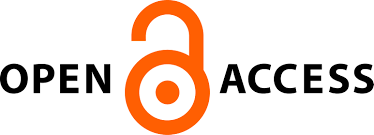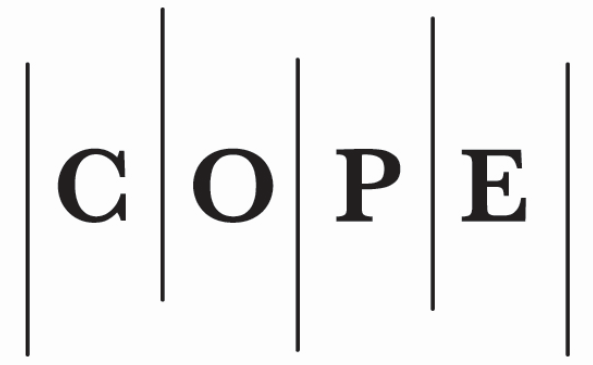CZECHIA, ESTONIA AND THE EU – DIFFERENT APPROACHES TO RUSSIAN SANCTIONS POLICY WITH REGARD TO THE RIGHT TO PROPERTY
##plugins.themes.bootstrap3.article.main##
Abstract
This article examines the legal frameworks for restricting the right to property due to international sanctions, focusing on the sanctions policies of the European Union, Czechia, and Estonia. The research aims to explore how these jurisdictions balance the public interest with the individual right to property in response to Russia’s aggression against Ukraine. The principal results highlight the coordinated approach of the European Union, which emphasizes a balance between the public interest and the individual right to property as established in the European Convention on Human Rights and the Charter of Fundamental Rights of the European Union. This article analyses the asset freezing and partial release mechanisms in the Czech legal framework, while the Estonian legal framework, especially after recent amendments to its International Sanctions Act, is noted for its use of sanctioned assets in prepayment for damages caused by the aggressor state. In conclusion, the author compares these different approaches within the boundaries of European and national constitutions and evaluates their strengths and weaknesses. This comparative analysis provides insight into current and proposed restrictions on the right to property within European sanctions and national legal frameworks, with the aim of contributing to the discussion on the constitutionality of certain sanction measures.
##plugins.themes.bootstrap3.article.details##
Authors contributing to International Comparative Jurisprudence agree to publish their articles under a Creative Commons Attribution 4.0 International Public (CC BY) License.![]()






